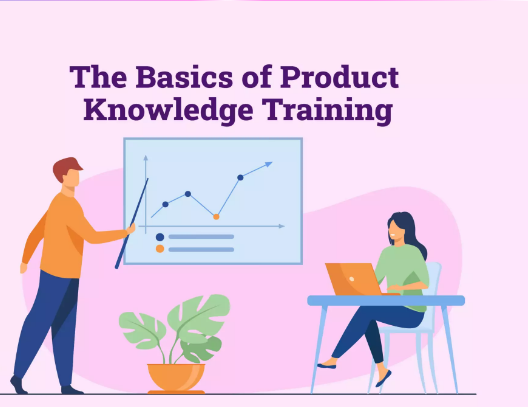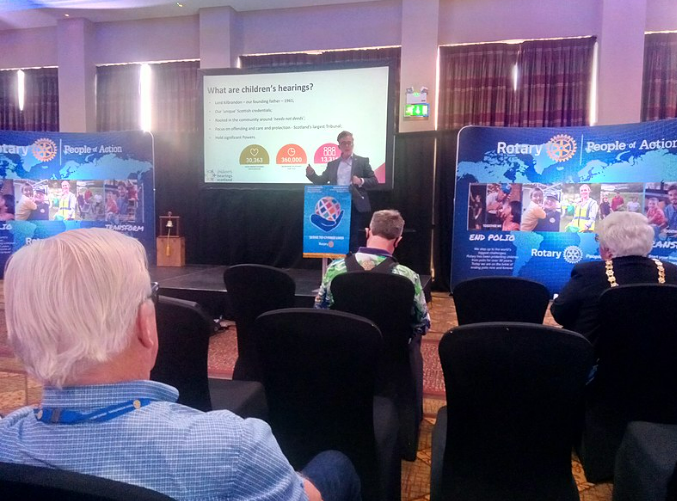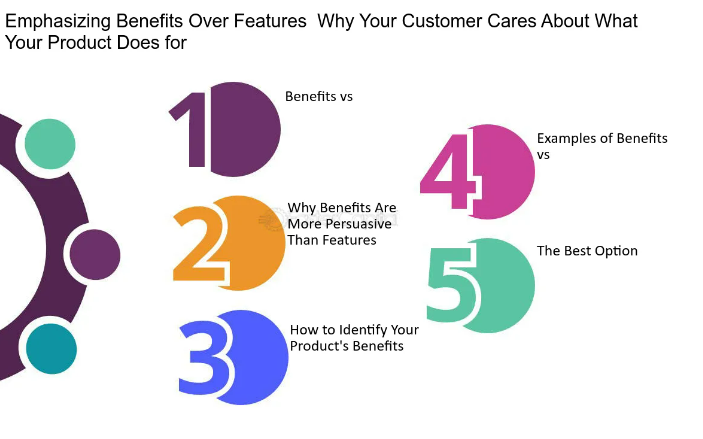When introducing t shirts to customers, the following common mistakes should be avoided:
1. Inadequate Product Knowledge
Lack of Fabric Details: Failing to provide comprehensive information about the fabric of the T – shirts. Customers often care about fabric composition (e.g., whether it’s 100% cotton, a blend, or a specialty fabric), its quality (thread count, softness, durability), and any special properties (such as being wrinkle – free, quick – drying, or having UV protection). For example, if a T – shirt is made of a moisture – wicking fabric suitable for sports, not highlighting this feature means missing out on a key selling point.
Unclear Sizing Information: Having ambiguous or inaccurate sizing charts. Customers rely on clear size specifications to ensure a proper fit. If the sizing is described in a confusing manner, such as using non – standard sizing terms or not providing actual measurements (chest, length, sleeve length), it can lead to customer dissatisfaction due to ill – fitting T – shirts.

2. Poor Visual Presentation
Low – Quality Images: Using blurry, poorly lit, or unflattering photos of the T – shirts. In the digital age, customers rely heavily on visual cues. If the images don’t accurately represent the color, texture, and design of the T – shirts, customers may be deterred. For example, a T – shirt with a vibrant print may look dull and unappealing in a low – quality photo.
Lack of Variety in Visuals: Only showing the T – shirt laid flat or from a single angle. Customers want to see how the T – shirt looks when worn, from different perspectives. Not providing images of models wearing the T – shirts in different styles (e.g., tucked in, loose, with different accessories) can make it difficult for customers to visualize how it will fit into their wardrobe.

3. Over – or Under – Emphasizing Features
Overloading with Features: Bombarding customers with too many features and technical jargon that they may not understand or care about. For example, listing a long list of fabric treatments and manufacturing processes without highlighting the actual benefits to the customer, such as comfort, style, or functionality.
Under – selling Key Features: Conversely, not giving enough attention to the unique selling points of the T – shirts. If a T – shirt has an exclusive design, a limited – edition print, or a brand – new fabric technology, failing to emphasize these aspects can make it seem like a generic product in a crowded market.

4. Ignoring the Target Audience
Generic Marketing: Not tailoring the introduction to a specific target audience. For example, using the same marketing language and imagery for both a young, trendy customer base and an older, more conservative group. A T – shirt designed for teenagers might focus on street – style and pop – culture references, while a T – shirt for a business – casual setting would emphasize professionalism and comfort.
Mismatched Tone: Using an inappropriate tone in the communication. For example, using a very formal tone to introduce fun, casual T – shirts targeted at a youthful audience or a too – casual tone for high – end, luxury T – shirts.

5. Lack of Engagement and Interaction
No Call – to – Action: Failing to include a clear call – to – action in the introduction. Customers need to be guided on what to do next, whether it’s to visit a website, place an order, request a sample, or sign up for a newsletter. Without a strong call – to – action, the customer may simply move on after viewing the T – shirt information.
Ignoring Customer Feedback: Not actively seeking or responding to customer feedback during the introduction process. Customer feedback can provide valuable insights into what customers like or dislike about the T – shirts, allowing for adjustments in the marketing and product offerings.


